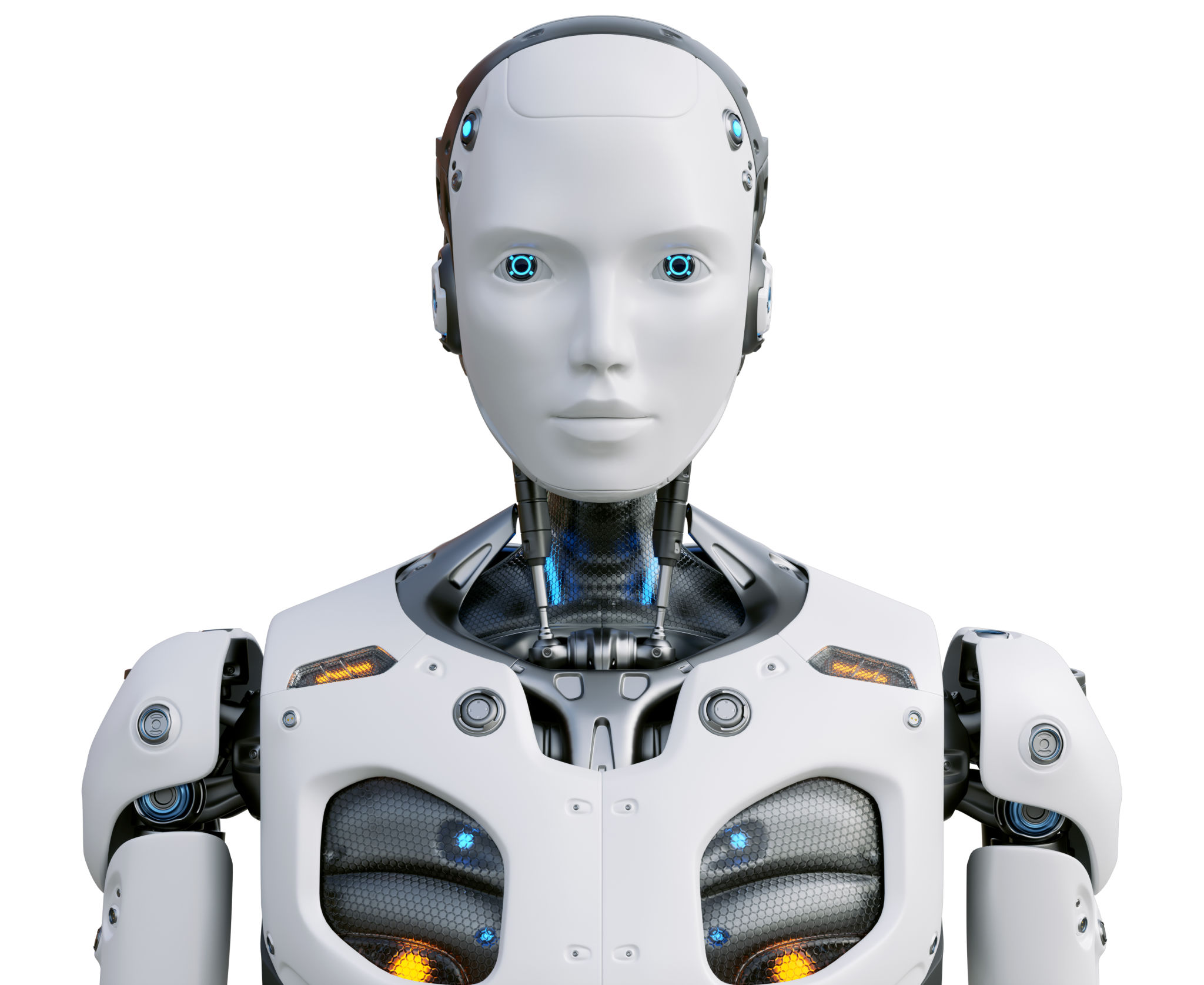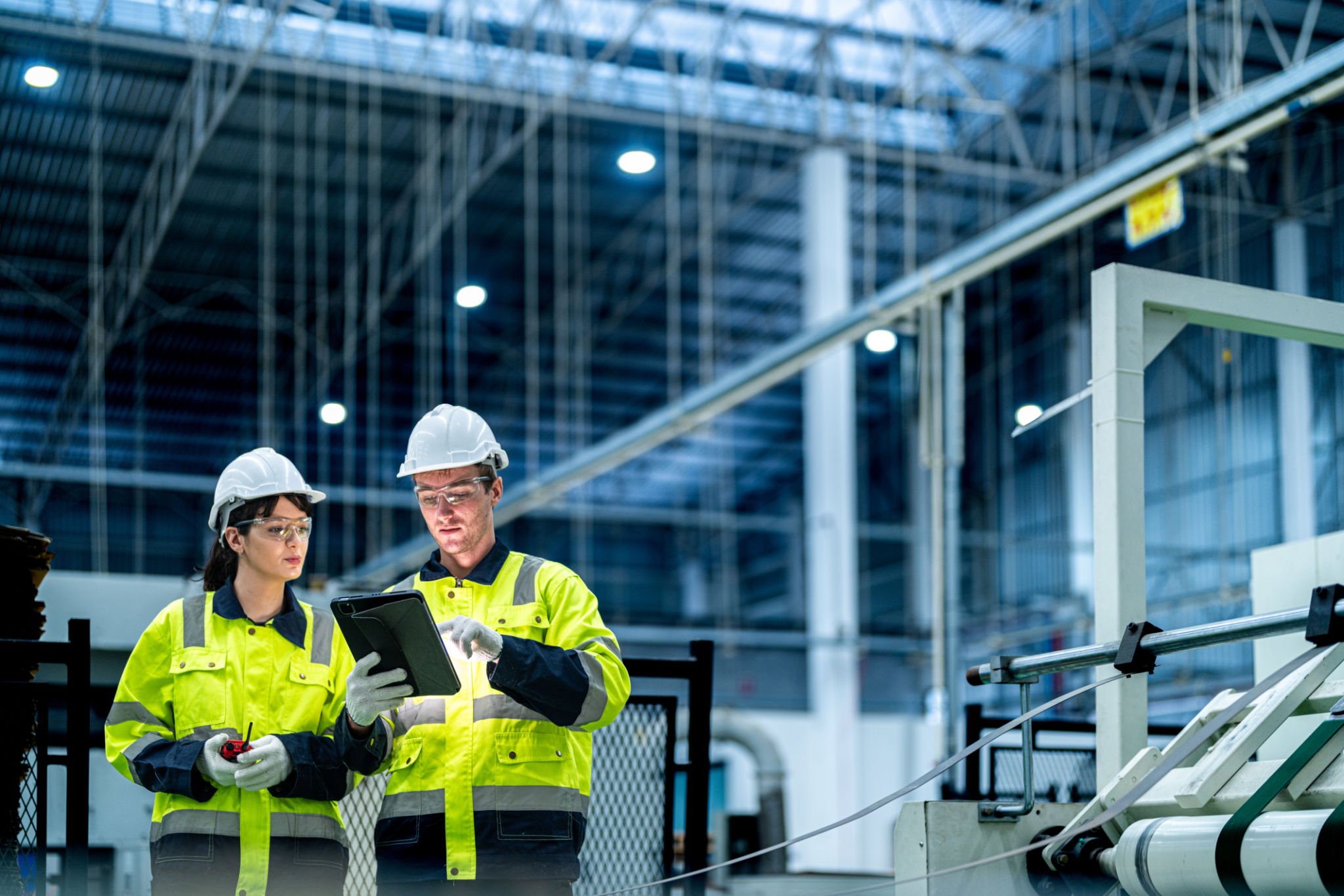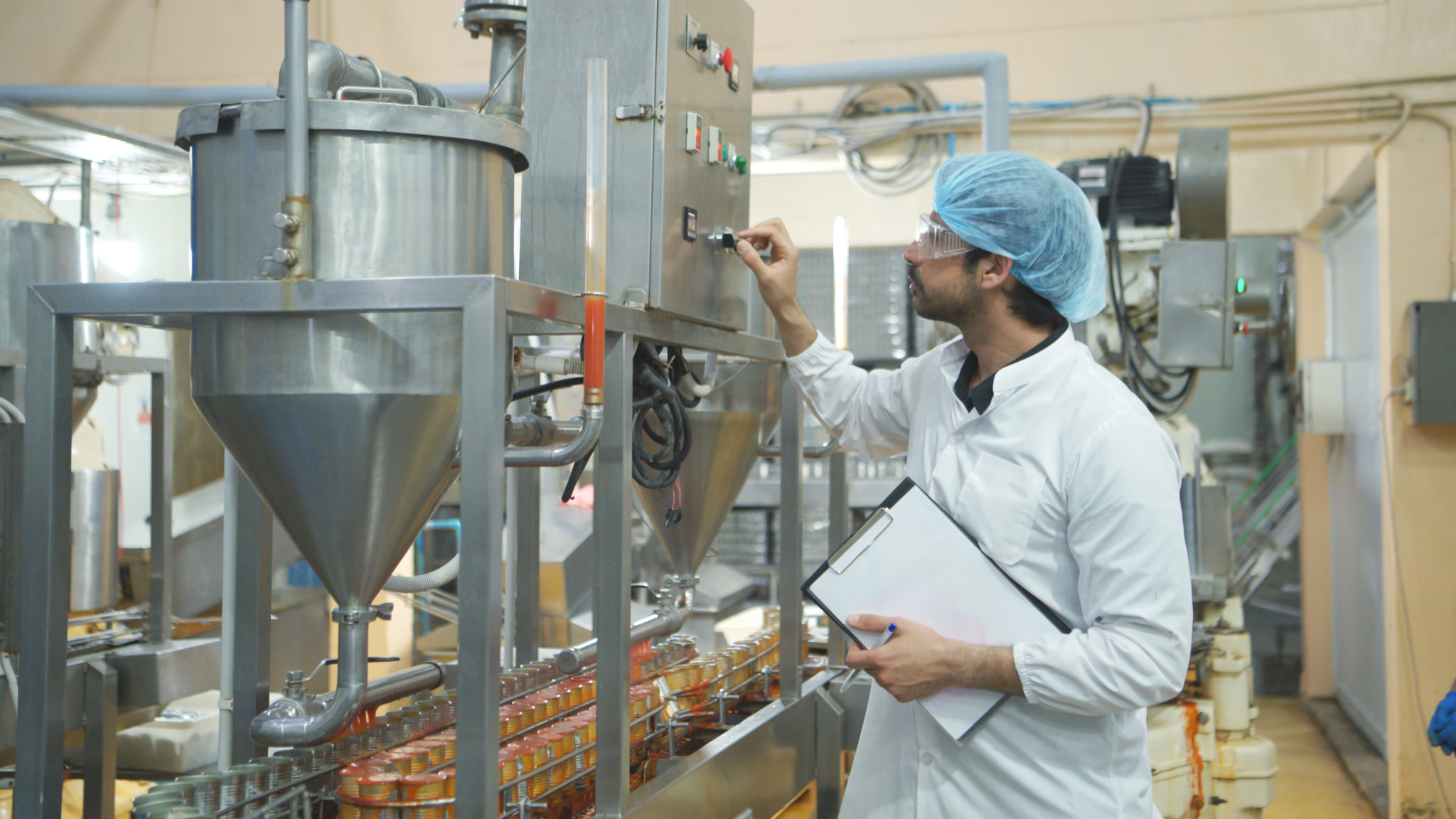What Industries Benefit from Industrial Robots? Exploring Southeast Asia's Top Sectors
Introduction to Industrial Robots
Industrial robots have become a cornerstone of modern manufacturing, playing a pivotal role in enhancing productivity and efficiency across various sectors. Their ability to perform repetitive tasks with precision and speed makes them invaluable assets, especially in regions like Southeast Asia, where industrial growth is rapidly accelerating.
The adoption of industrial robots is not limited to a single industry. Instead, it spans multiple sectors, each benefiting uniquely from the technological advancements these robots bring. In this post, we explore the top industries in Southeast Asia that are experiencing significant transformations due to industrial robotics.

Manufacturing: The Heart of Industrial Robotics
The manufacturing sector is undoubtedly the most significant beneficiary of industrial robots. In countries like Thailand and Vietnam, where manufacturing forms a substantial part of the economy, robots are used extensively to streamline production processes. From automotive assembly lines to electronics manufacturing, robots enhance precision and reduce the time required for production.
Key benefits for manufacturers include:
- Increased productivity due to continuous operation without breaks.
- Improved quality as robots perform tasks with high accuracy.
- Cost savings over time by reducing labor costs and minimizing waste.

Electronics: Precision and Efficiency
The electronics industry is another sector reaping significant benefits from industrial robots. In nations like Malaysia and Singapore, where electronics are a major export, robots are crucial in assembling intricate components with utmost precision. This automation not only increases output but also reduces the margin of error, which is critical in electronics manufacturing.
Robots in this sector are particularly valuable for:
- Handling delicate components that require careful manipulation.
- Maintaining consistency in complex assembly processes.
- Speeding up production cycles to meet global demand.

Food and Beverage: Enhancing Quality Control
The food and beverage industry in Southeast Asia is also leveraging industrial robots to improve operations. These robots assist in processes like packaging, sorting, and palletizing, ensuring that food products meet stringent quality standards. For countries like Indonesia and the Philippines, where the food industry is a crucial economic driver, robotics helps maintain competitiveness in global markets.
The use of robots in this industry ensures:
- Consistent quality control, reducing human error.
- Efficient handling of products to prevent contamination.
- Streamlined logistics, improving supply chain efficiency.

Automotive: Revolutionizing Production Lines
The automotive industry in Southeast Asia, particularly in countries like Thailand, is undergoing a revolution with the integration of industrial robots. These robots are instrumental in performing tasks such as welding, painting, and assembly with unmatched precision. By automating these processes, automotive manufacturers can significantly enhance production capacity while maintaining high-quality standards.
This sector benefits from:
- Increased safety, as robots handle hazardous tasks.
- Reduced production time, accelerating time-to-market for vehicles.
- Enhanced flexibility, allowing for quick adaptation to new models.

Conclusion: The Future of Industrial Robotics in Southeast Asia
The impact of industrial robots across various sectors in Southeast Asia is profound. As these industries continue to grow and evolve, the role of robotics will only become more critical. By embracing this technology, businesses can not only improve their operational efficiency but also position themselves as leaders in the global market.
In conclusion, the integration of industrial robots offers a competitive edge that is essential for the future growth and sustainability of industries in Southeast Asia. As technology advances, we can expect even more innovative applications of robotics across different sectors, further solidifying their importance in the region's economic landscape.
